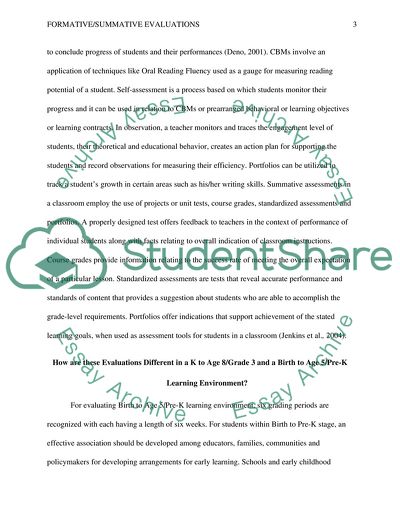Cite this document
(How Are Formative and Summative Evaluations Used in the Classroom Essay Example | Topics and Well Written Essays - 1500 words, n.d.)
How Are Formative and Summative Evaluations Used in the Classroom Essay Example | Topics and Well Written Essays - 1500 words. https://studentshare.org/education/1854186-formativesummative-evaluations
How Are Formative and Summative Evaluations Used in the Classroom Essay Example | Topics and Well Written Essays - 1500 words. https://studentshare.org/education/1854186-formativesummative-evaluations
(How Are Formative and Summative Evaluations Used in the Classroom Essay Example | Topics and Well Written Essays - 1500 Words)
How Are Formative and Summative Evaluations Used in the Classroom Essay Example | Topics and Well Written Essays - 1500 Words. https://studentshare.org/education/1854186-formativesummative-evaluations.
How Are Formative and Summative Evaluations Used in the Classroom Essay Example | Topics and Well Written Essays - 1500 Words. https://studentshare.org/education/1854186-formativesummative-evaluations.
“How Are Formative and Summative Evaluations Used in the Classroom Essay Example | Topics and Well Written Essays - 1500 Words”. https://studentshare.org/education/1854186-formativesummative-evaluations.


